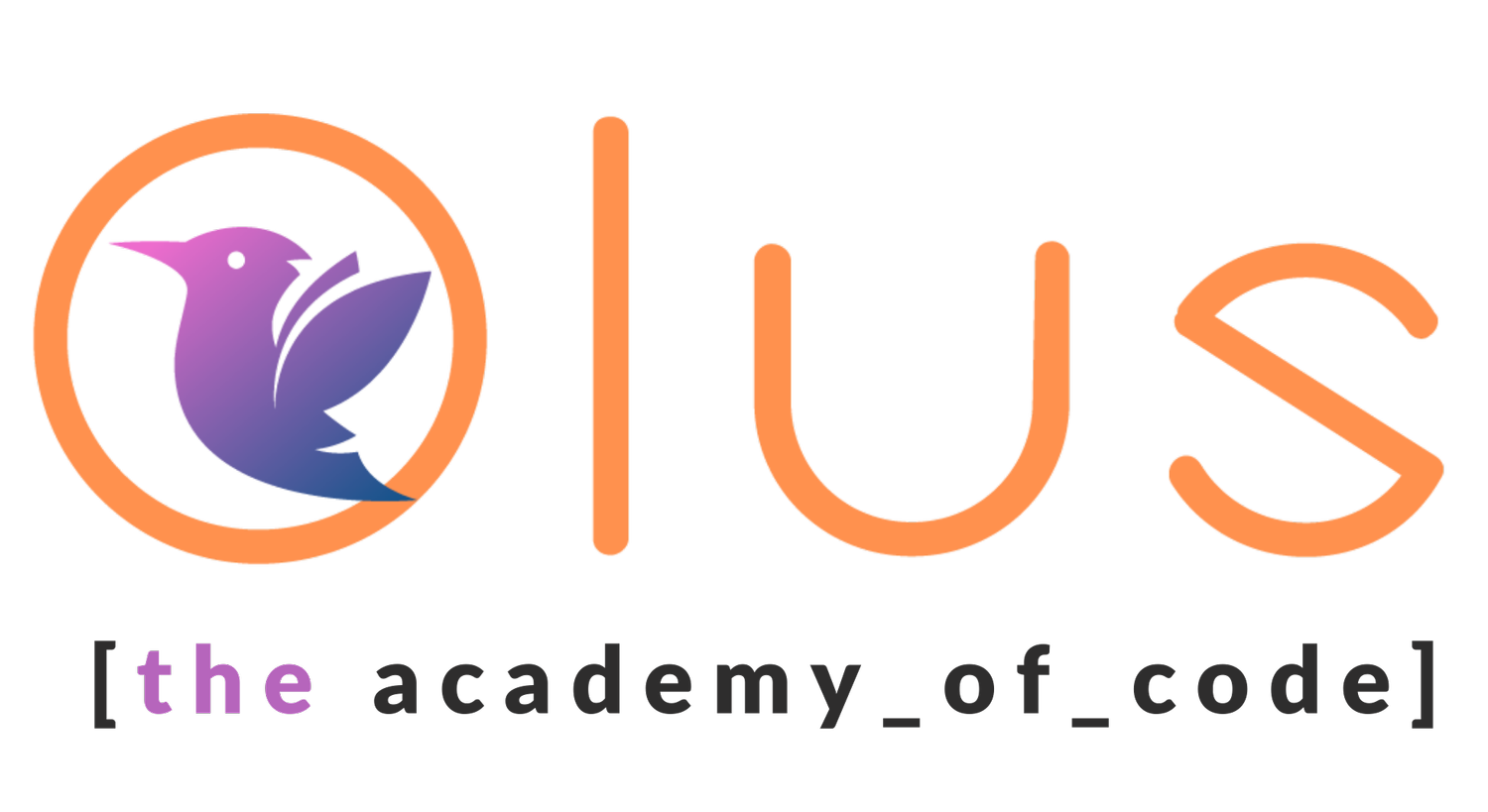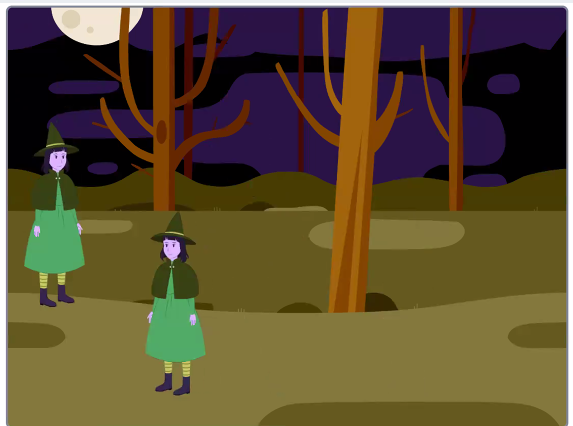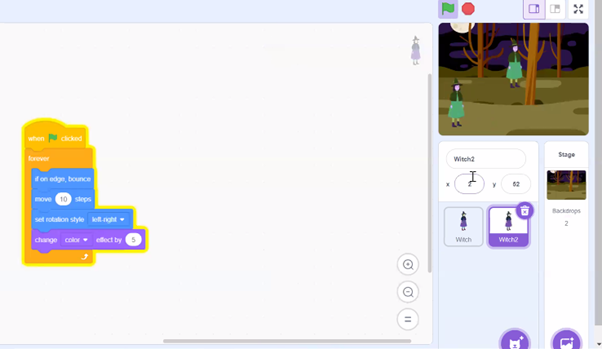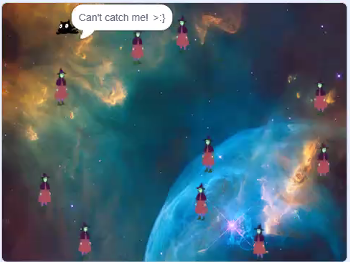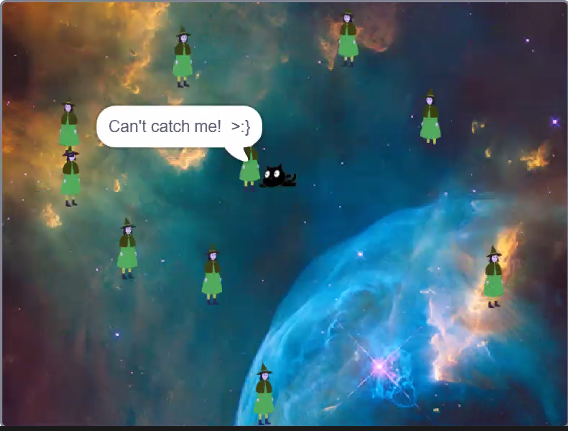If you have a teen who’s taken with tech, or a kid who’s crazy about computers, we have some ideas for great presents that will make them happy this Christmas!
Irish Electronics have a great set of electronics kits available at this link. We particularly like the Start to Solder Educational Kit, although this is recommended for ages 13+ only. Watch out for the hot soldering iron!
Along the same lines why not check out the microbit, available from Irish Electronics and also from RS (various versions from about €15-20). We love the microbit for its low price and versatility, and there are so many accessories that you can really tailor this to the lucky recipient. The core microbit also suitable for younger students from age about 7 or 8 up (just watch out for some accessories which might be particularly fiddly, or anything that requires a soldering iron to assemble). We particularly like the Inventors kit, which costs under €30 and comes with a booklet containing 10 projects to try. Be aware that like a lot of the kits the Inventors Kit don’t come with with the actual microbit, so make sure to read the fine print and buy the microbit as well if necessary.
Fun electronics projects are great, but sometimes it’s nice to read about the history of technology too. Almost everything Stripe Press publishes is great, although some of it is probably a bit deep in the weeds for even a more advanced student. The Big Score is a fascinating history of early Silicon Valley, and likely to be of interest for older teens looking to learn more about the history and context of modern technology.
For a more purely fun focused present, any PC gamer will love to receive a gift card for the Steam online game store - these gift cards are available from Game Stop, Harvey Norman and Smyths Toys nationwide.
For kids of all ages, the Hexa Light Panels (€130) are a really cool techie way of decorating a bedroom or den. Compatible with Alexa and Google Assistant, they are fully customisable and can be synced with music or adjusted based on the season, time of day, or anything else you can think of!
Most kids and teens would love to wake up to a new tablet computer on the 25th, and there are tons of great options available now. The Amazon Fire HD 8 starts at just €120, making it a much cheaper and still full functioned alternative to the iPad. If you do want to stretch your budget the iPad is still the king of tablet computers, and the the previous (9th) generation model is still available from €449.
Those tablets can be noisy, but many parents worry about kids cranking the volume on headsets too high and potentially damaging their hearing. These headphones from gorsun guarantee that volume won’t exceed 85dB, giving peace of mind to parents, and also come in a range of colours and fold up for easy storage.
Code the Classics is a great stocking filler for just €14. This book shows how classic games like Pong and Frogger were created, and gives pointers on how they could be recreated in Python today. A great inspiration for anyone looking to write more of their own games, albeit probably a little technical for younger students. It’s also a great resource for anyone in our Pathway to Computer Science program. While the programming language isn’t the same as the one we use in our classes, many of the lessons on game design are applicable across all languages, and it provides a fascinating insight into how great game designers think about building their games.
Finally for book lovers who love a bit of technology an e-reader is a fun bit of tech - and for more reluctant readers it might just get them reading a bit more too! The Amazon Kindle is often regarded as the default choice, and it is a great bit of technology (€110 for ad free version - kids version not available in Ireland), but consider also the Kobo Readers from €110. You can use the Kobos with Borrowbox, a free service which allows you to borrow eBooks for free from your local library!
